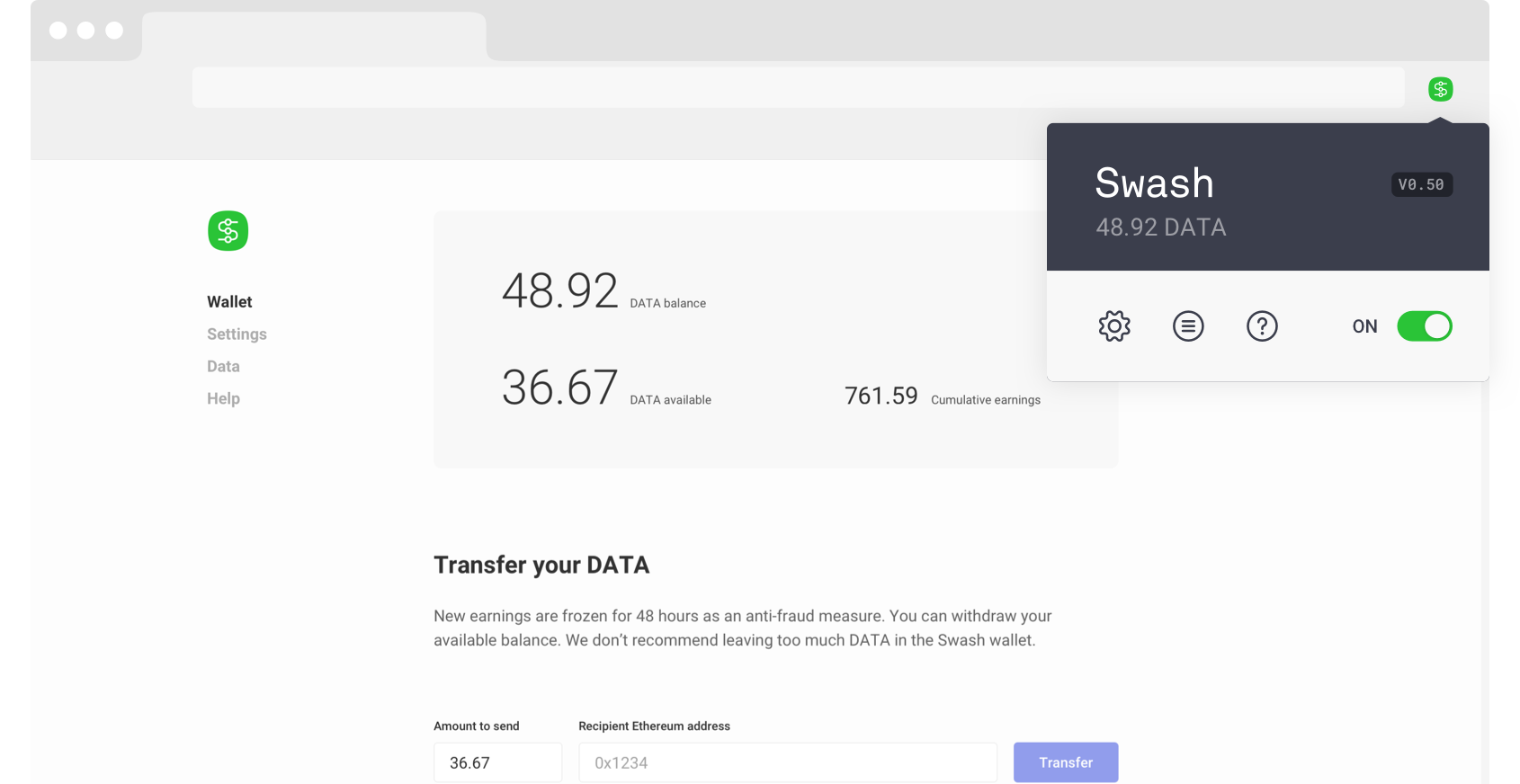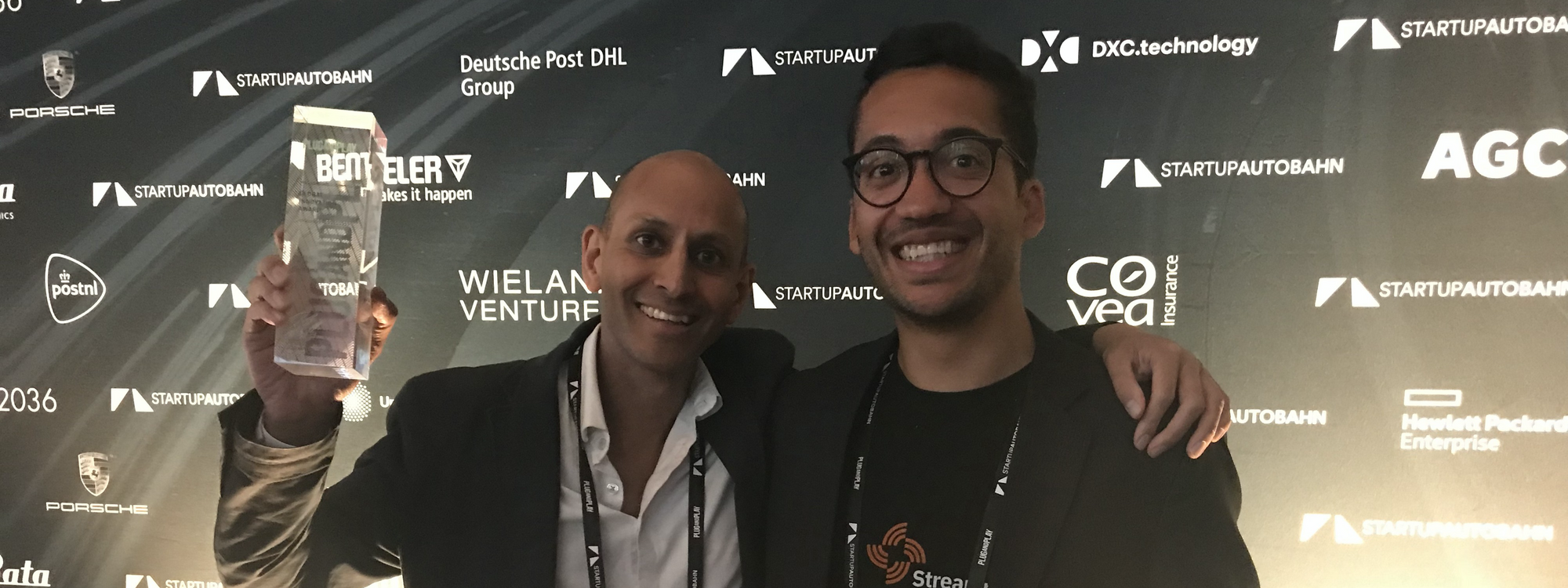There’s a revolution brewing in computing infrastructure. The winning architecture will be decentralized apps (Ðapps): Front-ends served to the browser from decentralized storage, and back-ends implemented as smart contracts living on the blockchain.
This stack has many desirable properties: It makes applications naturally resistant to distributed denial-of-service attacks, it adds transparency and security by keeping an untamperable transaction log, it has zero reliance on commercial services, and it enables easy peer-to-peer transfers of value in every application.
But what serves this new breed of applications with data? How to make an instant messaging Ðapp capable of delivering a million messages per second? What about a stock trading Ðapp? Vehicle fleet tracking? Factory automation? Air traffic control?
At first sight, blockchains as decentralized databases seem perfect for data distribution. (We’ve even demonstrated the promise of this pattern in a previous blog post.) It’s a powerful concept: write a piece of data to a smart contract, and all nodes in the network get a copy. Front-ends can watch the contract data on a local node, and update accordingly. Unstoppable! Ok, data delivery is a bit slow due to mining delay, but hey, still unstoppable!
Unfortunately, it’s also unscalable. My granny’s smart fridge produces more data than any current public blockchain can reasonably handle. Transaction capacities are low, and writing any more than a miniscule amount of data into the chain incurs prohibitive gas costs.
If only there was a real-time, low-latency, scalable, peer-to-peer data transport layer sitting on top of the blockchain to handle the heavy lifting! Ðapps as well as centralized apps could then be served with unstoppable data by the network. The most important events — or aggregates calculated from the raw data, as in this post — could still be delivered to the underlying blockchain. The chain would also be perfect for supporting the operation of the data network by facilitating incentivization and permissioning.
My granny lives on a small pension, but she’s pretty clever as far as money matters go. What if the data network were powered by a usage token called DATAcoin, and we added native support for data monetization? Now my granny could offer her smartwatch heart rate data feed for sale, and if there’s enough grannies out there, the pharmaceuticals would certainly be interested. Or I could subscribe to her heart rate, just to know she’s ok. She’s made a smart contract to incentivize her doctor to keep her alive for another 100 years, but still!

For months, we’ve been developing the idea of this network and its related ecosystems. We have converged to the concept of DATAcoin and a technology stack that could become the global real-time data backbone for decentralized apps. We humbly present a whitepaper draft on “Unstoppable Data for Unstoppable Apps”.
As always, we would really like your feedback. Please come and talk to us on Slack if you have ideas, comments, or suggestions. You can also reach us on Twitter.











